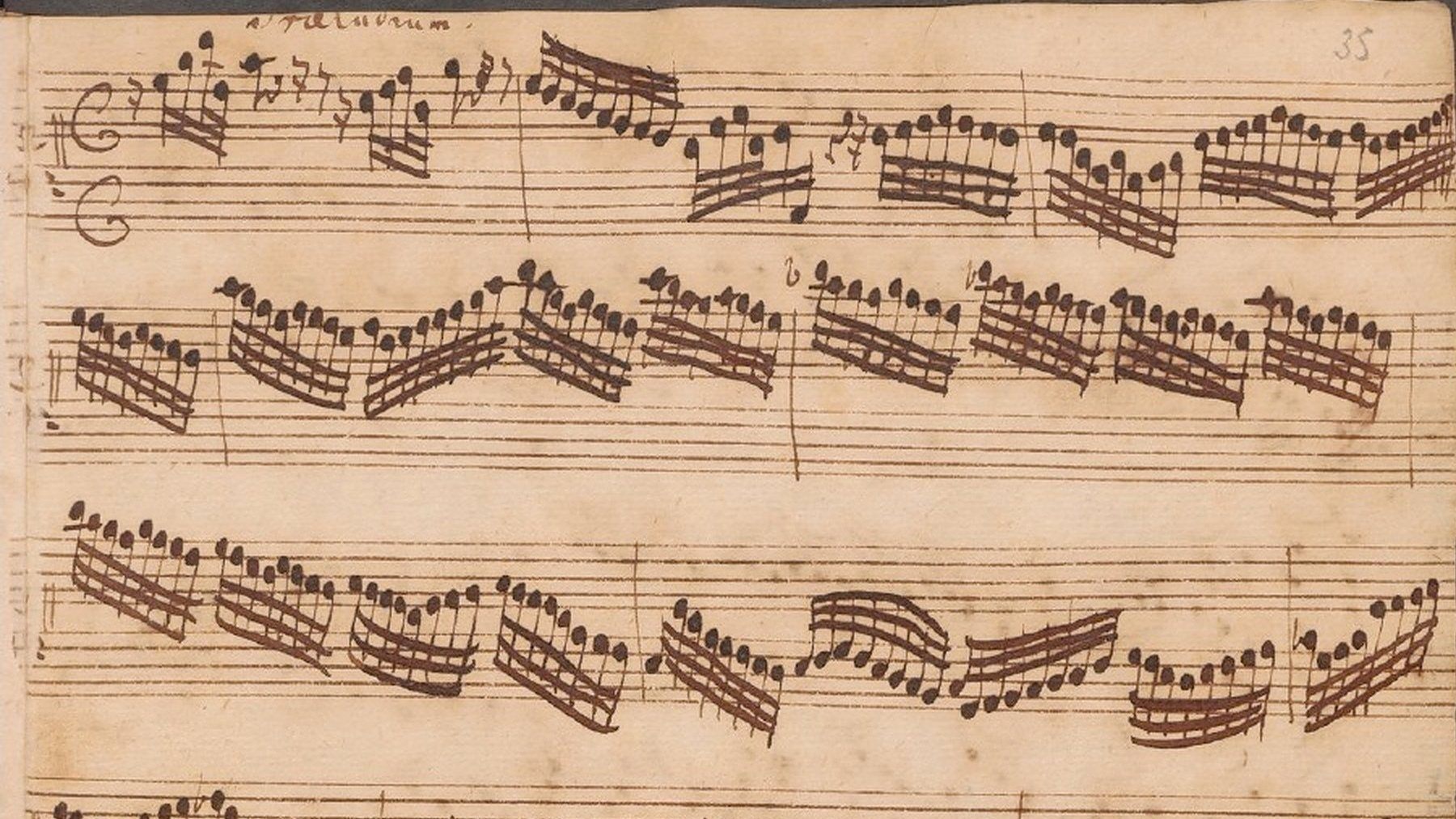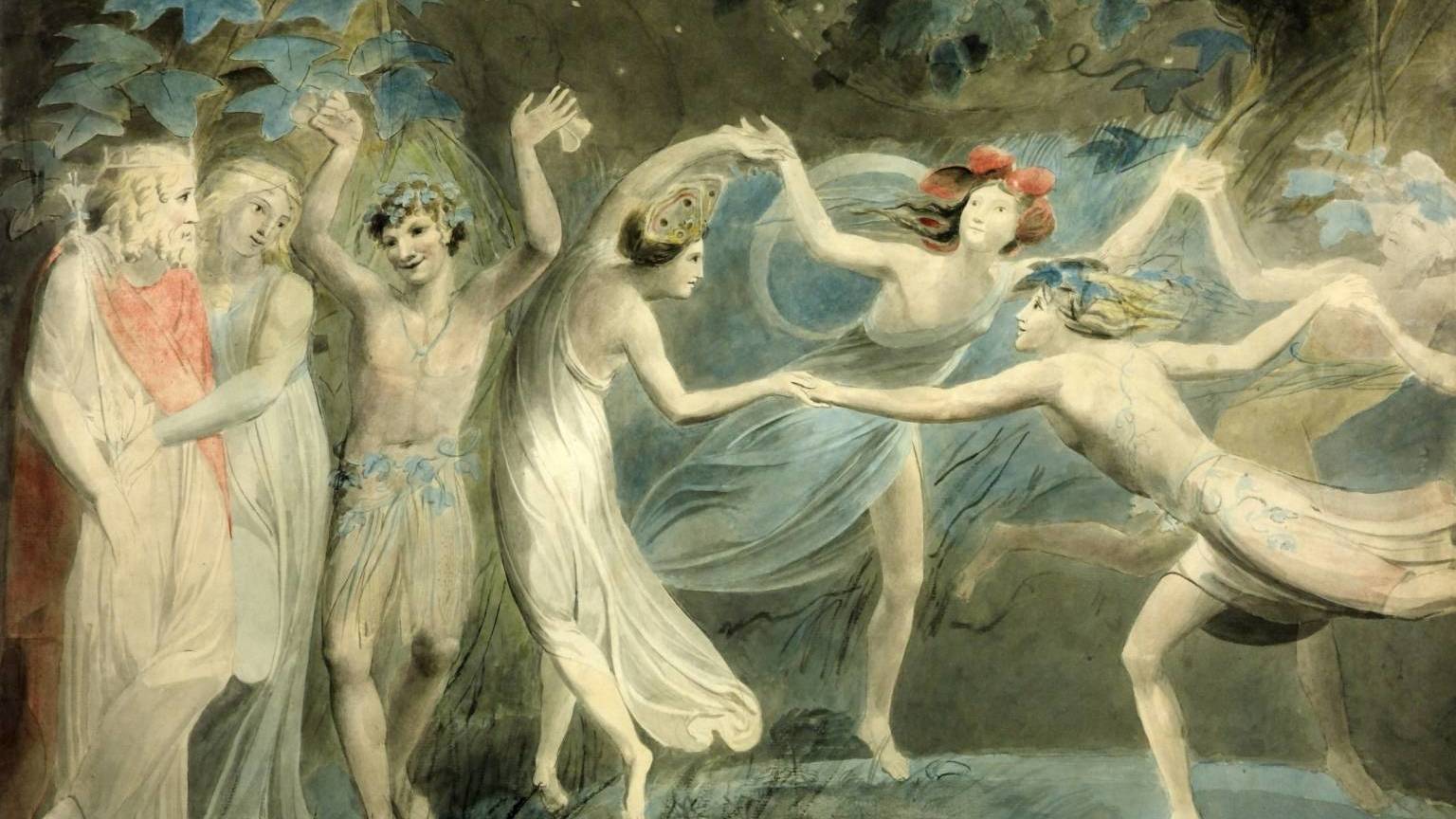George Crumb’s “A Haunted Landscape”: A Guide to Mysterious Places
Much of the music of the American composer, George Crumb (1929-2022), drifts into the atmospheric, spectral world of “night music.” Evoking the hum of insects and the distant murmurs of a summer night, these are the eerie, nocturnal sounds that we hear throughout the music of Béla Bartók. It is also the “night music” of Mahler’s Seventh Symphony, which Crumb called “very spooky music.” Crumb’s 1984 orchestral work, A Haunted Landscape, emerges over a nearly imperceptible …







